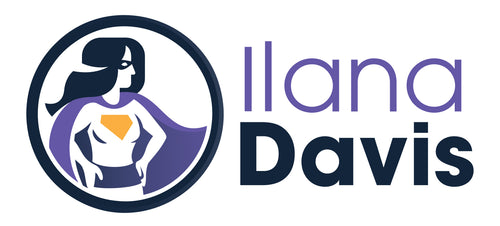Are multiple h1 tags ok for SEO?
Your main heading or h1 tag is the most important heading on the page. So it's not surprising when SEO tools flag if you have more than one h1 tag. But is having more than one h1 tag worth flagging?
As with all things SEO, it depends.
First, remember that SEO tools are meant to scan your pages and report back what they find. There is no analysis or evaluation in their report to tell you if there's a real problem. Their only goal is to give you a heads-up and let you determine if action is needed.
That's why using automatic tools may only sometimes be helpful. That's also why I check every store that installs JSON-LD for SEO to make sure their structured data is at its best.
Understanding what the tools are saying and when action is required is perhaps more important than getting the results of your scan. Simply depending on a tool to tell you what to do is a recipe for disaster.
But I digress.
Let's use a product page as an example.
Your product title is usually the same as the page title (the SEO Title in Shopify). The product title is then assigned as the h1 for that page. It's not uncommon to use a variation of your product title for the h1. Ideally, the product title and SEO title are similar to send clear signals to Google on what the page is about.
Things get tricky depending on how your theme is built and that isn't something you can control. Unless you know how to code, but that's only a small portion of you reading this.
For example, a theme may set the h1 tag as your product title. They may also have an h1 tag on the flyout cart which, in my experience, is identical to the product title.
Things can get even more confusing when we add content to the page. We may add content:
- in the product description wysiwyg
- as a section from your Shopify theme editor
- from an app
Adding content to your product description wysiwg is something you can control. I think it's safe to say that most themes set an h1 tag for products as your product title. So in general, you can use h2 tags for headings in your product descriptions.
Adding a section in the theme editor means you accept whatever they set as the heading. This is much like you do with the rest of your theme and again, not usually something you can control.
Many built-in sections from Shopify have default heading tags (if any at all). Some may be assigned an h1 tag while others may use an h2 or h3. This is one reason I love Design Packs because they often let you choose which heading to use in a section.
So with all these different areas that could create multiple h1 tags, is that bad?
A good rule of thumb is as long as the h1 tags are the same content, there's not much to worry about.
If the h1 tags are different, then I'd be concerned.

Let's say you have two h1's on the page. One is your product title, and the other says FAQ's.
How would Google know which one you want them to use?

When you have multiple h1 tags that contain different content, Google has to work harder to decide which heading is accurate. At best, they choose your product title. At worst, they choose the one that makes no sense on its own.
So if the SEO tool you're using says there are multiple h1 tags, have a look. Determine if the headings are drastically different or more or less the same.
When building out your content and deciding on it's structure, think of it like an outline. You would have one h1 page heading and then each major section would be h2's with potentially more nested headings such as h3, h4, etc.
- h1 - Page title
- h2 - Description
- h3 - Specs
- h2 - FAQs
- h2 - Reviews
P.S. This advice can also apply to multiple meta descriptions too.
JSON-LD for SEO
Get more organic search traffic from Google without having to fight for better rankings by utilizing search enhancements called Rich Results.




